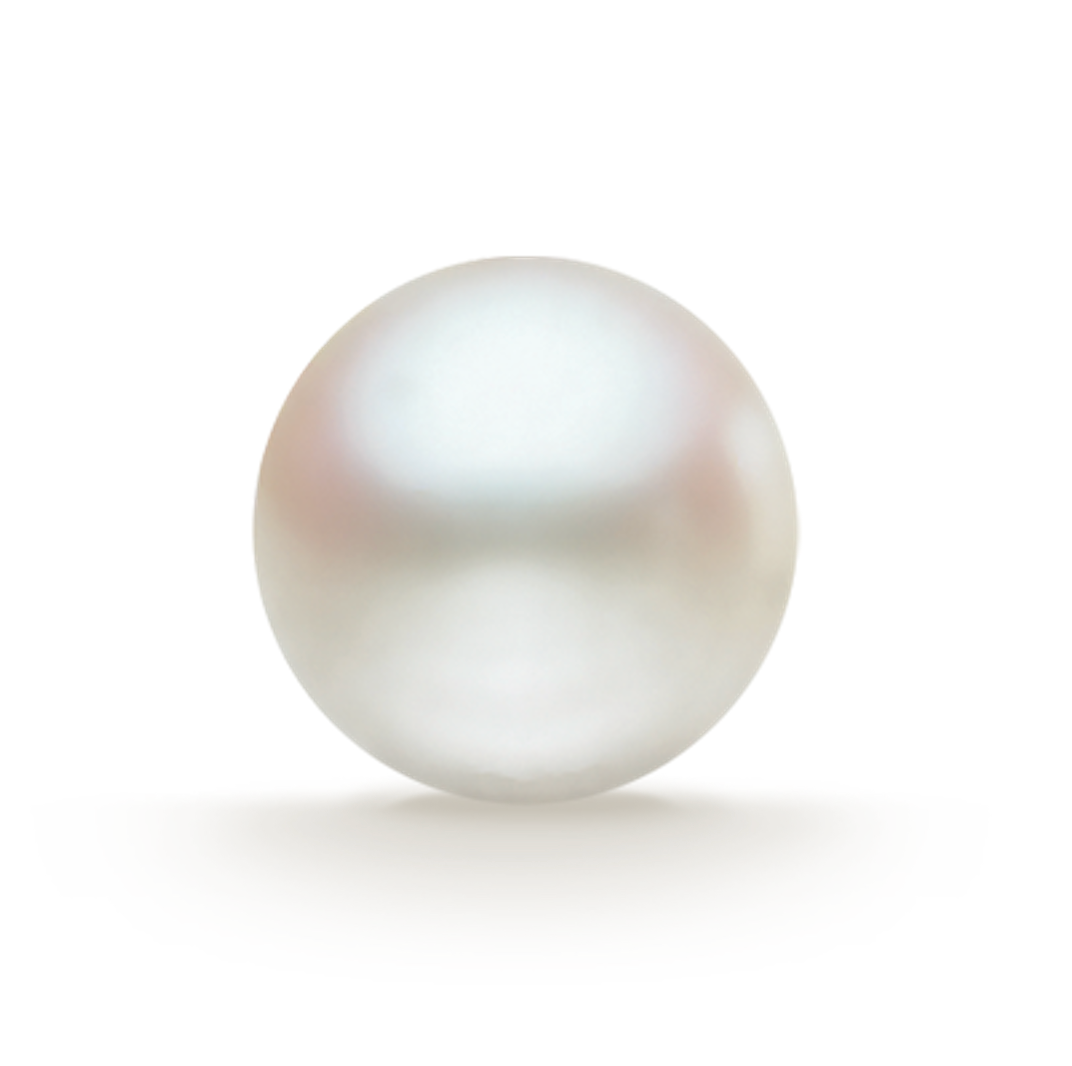
Pearl
Gems of the sea, purity captured in a luminous embrace
Fact Sheet
Birthstone Month:: June (alongside Alexandrite and Moonstone)
Available Cuts:
• Round
• Oval
• Baroque
• Button
• Drop
Fact Sheet:
• Mineral: Organic (Produced by molluscs)
• Chemical Composition: Primarily Calcium Carbonate (CaCO3) in the form of aragonite, conchiolin, and water
• Colours: White, cream, pink, silver, black, blue, and gold
• Country of Origin: Japan, China, Australia, Tahiti, Philippines
• Estimated Market Value per Carat Weight: Pearls are typically valued per piece rather than per carat, ranging from $20 to $10,000+ depending on type, luster, size, and origin
History and Folklore
Pearls have been admired for millennia, symbolising purity, beauty, and sophistication. Ancient cultures believed pearls were the tears of gods or the moon, and they have long been associated with wisdom and wealth. In ancient Rome, pearls were considered the ultimate symbol of status and wealth, while in the Middle Ages, they were believed to offer protection against evil and bring good fortune. Today, pearls remain a favourite choice for bridal jewellery and are treasured heirlooms passed down through generations.
Buyer's Guide
When purchasing pearls, consider the luster, surface quality, shape, and size. The most prized pearls have a high luster, meaning they reflect light brilliantly, and have smooth, unblemished surfaces. Round pearls are the most traditional and often the most valuable, but baroque pearls offer unique shapes that can be equally stunning. Consider the type of pearl as well—saltwater pearls, like Akoya, South Sea, and Tahitian, tend to be more valuable than freshwater pearls. It’s also important to inquire about the pearl’s origin and whether it’s natural or cultured. Pearls are delicate and require special care, so proper storage and gentle cleaning are essential to maintaining their beauty.
